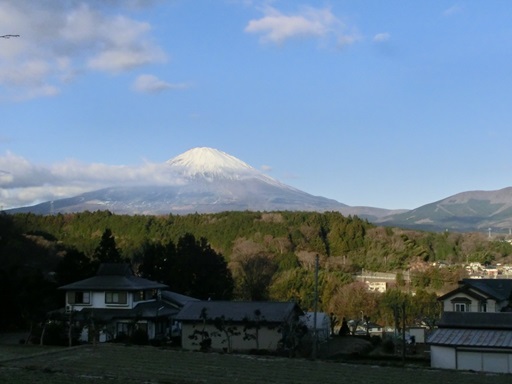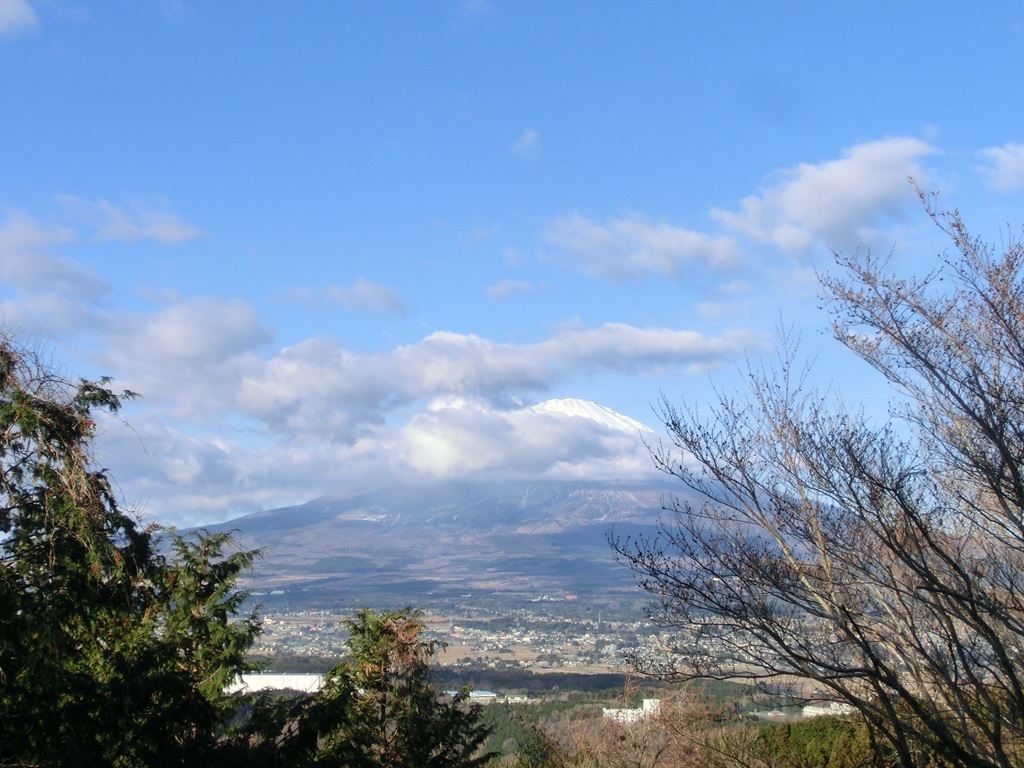|
Ashigara-Kodo" in Shizuoka and Kanagawa

"Ashigara-Kodo" is the old trail to Ashigara Pass, located at the border of Sagami Province (present-day, Kanagawa Prefecture) and Suruga Province (present-day Shizuoka Prefecture). It was the main road to cross the Hakone Mountains. It was built from the Nara Age (710 - 794) to the Heian Age (794 - 1185) . Since ancient ages, the mountains of Hakone have been a difficult place for people traveling between the eastern and the western regions. "Ashigara-Kodo" takes a slight detour to the north. It passes through Ashigara Station on the Gotemba Line and heads east over the mountains of Hakone. 
On the east side of Ashigara Station, the starting point of the "Ashigara-Kodo" is located. The slop shown in the below picture is the entrance of the "Ashigara-Kodo". 
The slop is named "Bakuro-Slope", which means a merchant who buys and sells cattle and horses, and acts as an intermediary. In ancient ages, people who cross Hakone Mountains vis "Ashigara-Kodo" may have ridden horses here. 
When you go up this slope, pass through the Ashigara village and look back, you will see Mt. Fuji. When I visited, Mt. Fuji was clearly visible and beautiful. After leaving the village, the Ashigara Old Road heads into the forest. The morning sun shines between trees. |


















